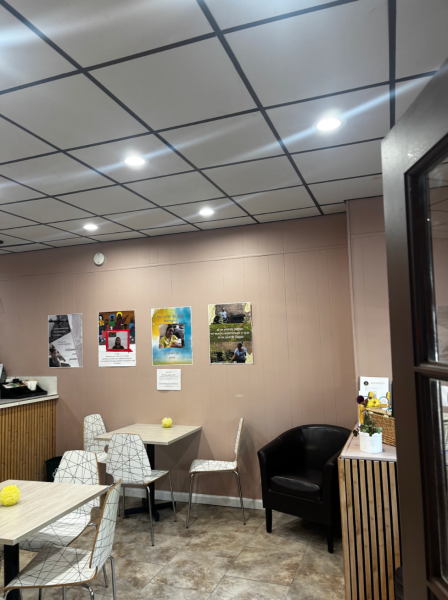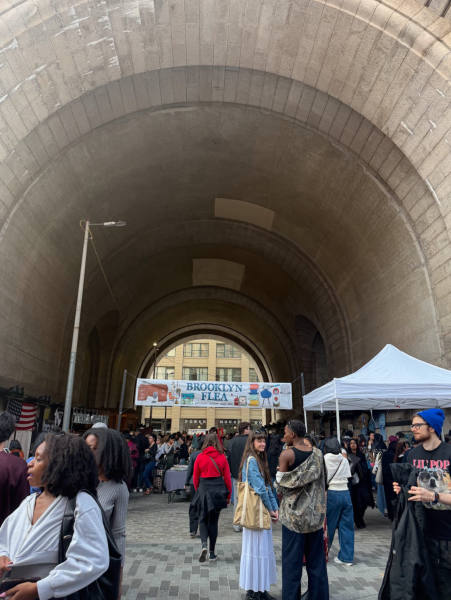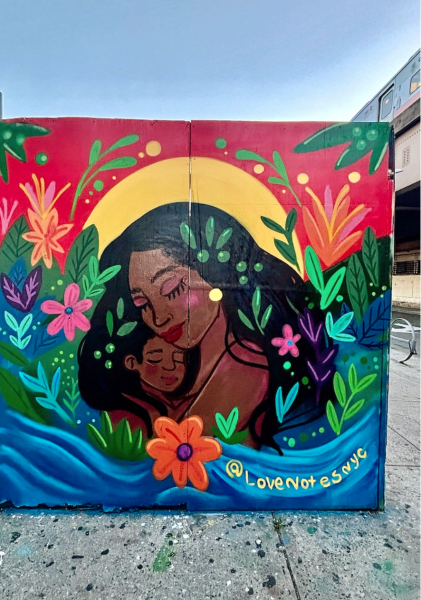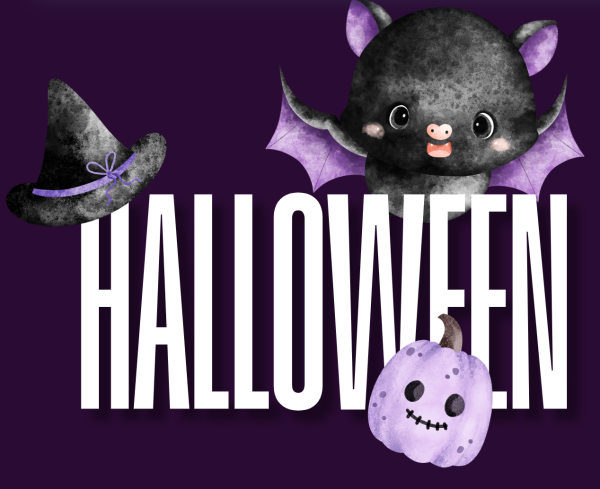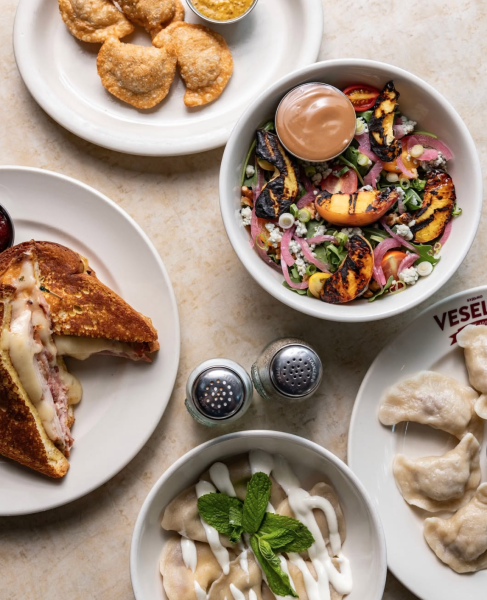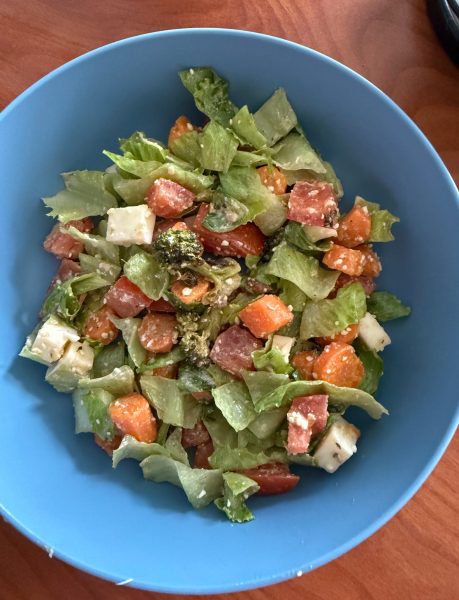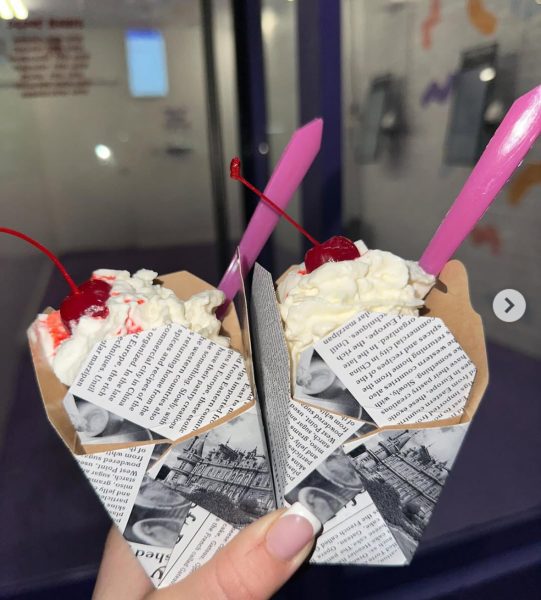Arthur Avenue Celebrates Festival of Ferragosto
Arthur Avenue is a cultural melting pot right outside Rose Hills campus. Courtesy of The Fordham Ram archive.
The air hung heavy over Arthur Avenue, filled with mist lingering in between the short spats of rain and smoke rising from the charcoal grills all along the street. Music, some of it planned and some of it spontaneous, cut through the buzz of conversation that lingered, like the mist, over the crowd. The gray day made the bright colors of the Italian flag, the tents and the restaurant awnings stand out in sharp contrast. Despite the weather, the Little Italy of the Bronx held its annual Ferragosto festival on Sept. 11, celebrating the ancient festival with good music and better food.
According to the booklets published by the Belmont Business Improvement District piled high on every flat surface, Ferragosto is “one of the most celebrated holidays in Italy.” Although traditionally celebrated on Aug. 15, this festival marks the end of the harvest season and ensures that everyone who has been toiling in the fields all summer long can take a well-deserved break. While this tradition began in Ancient Rome, and many people no longer spend their summers farming, it still provides a chance to slow down, enjoy a day of leisure and spend time with loved ones.
The most important part of the festival was, for most people, the food. Walking past Full Moon Pizzeria and into the thick of the crowd, you could see that almost everyone had either a cup of pasta, a pastry or a cup of sangria in their hand. Beloved restaurants like Enzo’s and MichaelAngelo’s covered wooden tables in never-ending streams of pasta and other dishes, calling over all those walking past and offering their food for only a few dollars. They had penne, paninis and crocché. One vendor, “Little Italy in the Bronx,” even dished out free bowls of pasta, giving customers a chance to try their products. Bakeries and pastry shops sold pastries and fresh zeppole; while the meat shops slapped huge sausages on to charcoal grills, cooking them thoroughly before slicing them up and selling them to their customers in sandwiches complete with peppers. Long lines stretched beside these tents, people eagerly waiting for their sandwiches while they munched on pastries or sipped sangria from one of the other tents nearby.
Besides food, there were two other vendors hand-rolling cigars. With machine-like precision, the men working these tents laid down long leaves of tobacco, dumped ground tobacco inside and rolled them into the thick cylinders known as cigars. I passed one young man holding a cigar he had just purchased up to his girlfriend’s nose, asking her to smell it. She made a face, and he smiled.
While the smell of food cooking might have absorbed the nose, the blaring music demanded the attention of the ears. The Belmont Business Improvement District, who hosted the annual festival, invited four different musical groups to provide entertainment to the crowds milling around the avenue: Nick Vero, Graziana Maria Lazzaro, Rocksteady and Bob Bisaccia. When I attended, I had the pleasure of seeing Rocksteady. They sang some throwback songs as well as a few current hits, while a crowd of people munching on pasta and sandwiches swayed along. Mary Elissa DeSalvo, the main vocalist, even came off of the stage to dance with a toddler that had wandered onto the dance floor, as well as some of the other guests. There were a lot of dancing children, and a lot of smiling people. It reminded me of a festival in my hometown of Wilmington, Del., where every year the Greek Orthodox Church hosts a festival where plenty of friends, neighbors and old teachers gather to eat good food and run into people that they hadn’t seen in a year. Seeing all these people together, I wondered how true that was for the crowds that attended this festival.
Besides creating community, festivals like Ferragosto serve another purpose. This secondary purpose is rather obvious, as the word appeared countless times throughout the booklet and in the posters around the festival itself: tradition. An ad campaign for the pasta and sauce brand, “Little Italy in the Bronx,” even included the phrase, “Preserving old world charm one product at a time,” as their primary slogan. The festival re-establishes the Italian roots of the neighborhood, inviting both those who are descendants of the original communities that lived there and people who live in the area now to celebrate that history. And, truth be told, I didn’t realize a lot of the history until I attended the festival. Flipping through the booklet, I was shocked at how many restaurants, bakeries and other stores opened in the 1910s. Even though I had lived here for two years, I knew nothing about the history of Arthur Avenue until I attended the festival. That’s what festivals like these do: they remind us of our stories and invite others to learn of our histories. If there’s zeppoles and pasta, even better!
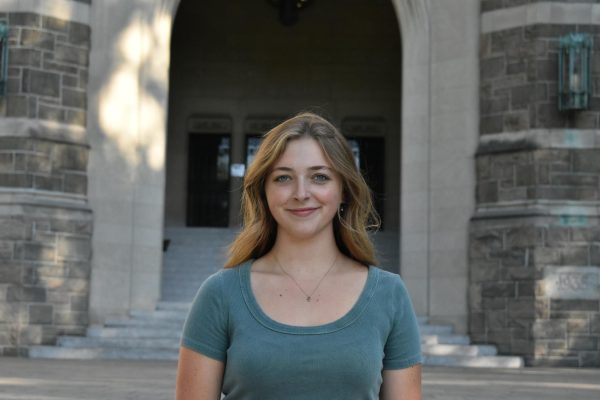
Kari White is a senior from the blink-and-you’ll-miss-it state of Delaware. She is majoring in English with a concentration in creative writing, as well...






































































































































































































